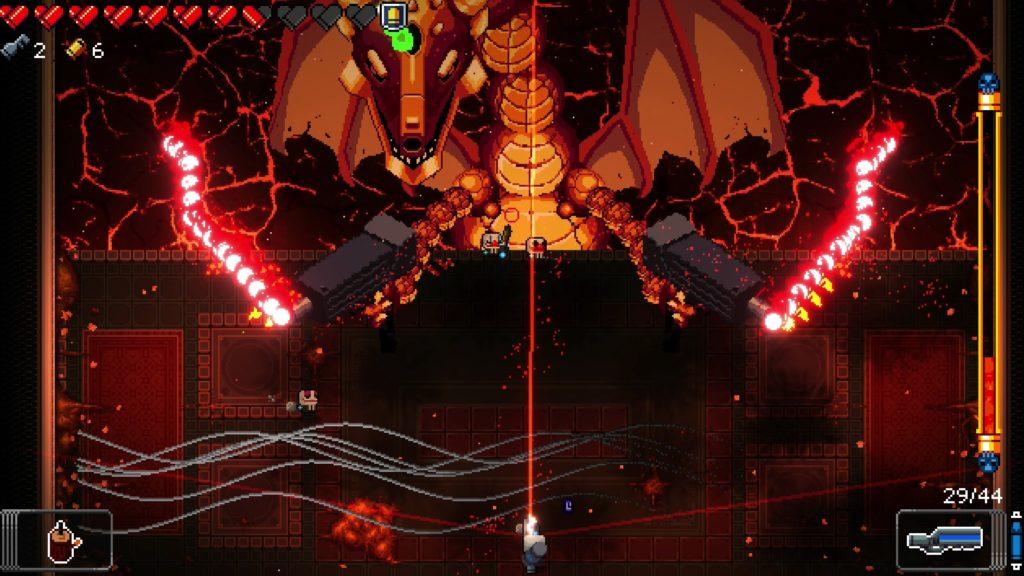Pokemon Go, released in 2016 by Niantic and Nintendo, (with Scopely taking over from Niantic in 2025), is a live service mobile game for Android and iOS intended for all ages, leveraging the large audience of child and adult Pokemon fans (the Android version was used for this report, though there doesn’t appear to be any significant difference between the two platforms). Unlike the mainline series of Pokemon RPG games, which feature self-contained storylines and maps, Pokemon Go’s game world is overlaid on top of the real world, with GPS location tying the player character’s position to the player’s actual geographic coordinates. By moving through the physical world, the player can encounter Pokemon, obtain items from Pokestops, and fight in gym battles. While Pokemon Go is perhaps less predatory than many other live service games, it still makes use of randomness, in-game purchases that streamline gameplay, and an obfuscatory in-game currency, all of which may lead to addiction and overspending.


Fig 1: Starting the game with a choice between starter Pokemon, and exploring the surrounding world.
When first starting the game, the player is introduced to the central and probably most addicting mechanic: encountering and catching Pokemon creatures. As in the mainline games, the player can choose between three starter Pokemon, with a choice between the three classic Generation I starters: Charmander, Bulbasaur, and Squirtle. These pokemon appear on the GPS game map alongside the player, allowing them to tap on one, which opens a minigame where the player flicks the screen to toss a Pokeball at it. Aiming is slightly tricky, with off-center tosses wasting a Pokeball. If centered properly, the ball hits the Pokemon, sucks it up, and wobbles back and forth, allowing the Pokemon a random chance to escape (with a weighting that isn’t explicitly shown anywhere). Wandering through the world will trigger random encounters with Pokemon that are time, location, and weather-dependent, though the number of encounters appears to be limited per hour (unless the player uses a purchasable item called incense to lure more wild Pokemon to their location).

Fig 2: While many Pokemon are easier to catch, this one kept dodging my Pokeballs and breaking out of them. I probably went through 30 balls before I finally caught it, which makes the 5 or so Pokeballs available at each Pokestop seem a lot less generous.
The somewhat random nature of Pokemon encounters (and Pokeball success rates) makes them addicting, and they become potentially exploitative with their relation to the in-game market. These basic mechanics are adapted from the mainline Pokemon RPG games, which are famously addictive as the player wanders around the game world to trigger random encounters with the hope of catching every different Pokemon and completing their Pokedex. Not knowing what Pokemon you will encounter ahead of time (and not being certain you will successfully catch it unless you use more expensive types of Pokeballs) creates a sense of anticipation and frustration similar to that found with gambling games such as slot machines. While encounter rates for different Pokemon and catch rates can be found in lookup tables online made by fans, they are not at all explicit in the games, similar to how the payout probabilities of slot machines are intentionally obfuscated by clustering and virtual reels. If you’re looking for a certain pokemon, you might keep trying to encounter it over and over, reaching an addictive cycle where you’ll keep telling yourself that you’ll try one more time but don’t stop.

Fig 3: Visiting a Pokestop lets you replenish some basic items, like these Pokeballs. But if you can’t get to one for whatever reason, you’ll be pressured to use the in-game store.
Where the encounter and catching mechanics become exploitative in Pokemon Go vs. the mainline RPGs is how Pokemon Go ties them to in-app purchases. In a mainline Pokemon game, for example Pokemon Yellow, filling out your Pokedex might feel addictive, but eventually you’ll catch every Pokemon you can and complete the game’s story. The addictive mechanic pads out the play time, but you’ve already paid the developers and Publishers by purchasing the game at the beginning. As long as the semi-addictive mechanics feel fun and rewarding when you finally catch that one Pokemon you’ve been after, you might not mind because you want your one-time purchase of the game to offer as much game play as possible. In that sense, the padded gameplay might actually create more value. In Pokemon Go, however, the padded gameplay is tied to continuing purchases. After moving around in real life and tapping on Pokestops to grab more items (like extra Pokeballs), you have to use items like incense to attract new Pokemon once you’ve exceeded your daily limits. Otherwise, if you are immobile for whatever reason, you only have access to a slow trickle of Pokemon that happen to spawn right next to you, and you can’t visit Pokestops to get more items, making you dependent on the in-game market for purchasing incense, Pokeballs, and other critical items.


Fig 4: Hatching Pokemon eggs is similar to opening randomized lootboxes, but with even more anticipation built up due to the time delay. If you want to hatch more than one at once, you’ll have to pay up for a “super incubator”.
While they don’t exactly make the game pay-to-win, there are many additional items for purchase that streamline Pokemon Go’s experience and accelerate progress. For example, the player is able to find eggs at Pokestops (or obtain them through events and other means). The player has an incubator slot, allowing them to hatch an egg once they have traveled a certain distance (usually several kilometers). But if they want to hatch multiple eggs simultaneously, they have to purchase additional slots. Since there’s no way to know what Pokemon will hatch from the egg, it becomes increasingly likely over time that the player will hatch a duplicate of a Pokemon they already have, heavily encouraging them to use multiple incubation slots to increase the chances they can hatch a new Pokemon more quickly. The delayed nature of incubation builds anticipation, and its randomness makes it very similar to the addictive lootboxes that have infested so many games from titles like Overwatch and Star Wars Battlefront II. As in other games with microtransactions, paying to hatch more eggs, or use incense to catch more Pokemon, or get more revive items for using during gym battles, confers a direct gameplay benefit. If the player’s only goal is to play Pokemon Go casually and catch whatever Pokemon appear, this doesn’t matter much. But if they are serious about filling out their Pokedex and staying in control of local gyms, then spending real money on the game appears to be quite useful.


Fig 5: Useful items have prices in Pokecoins, which cost real money to obtain.
The worst aspect of Pokemon Go is probably its intentionally obfuscatory in-game currency, Pokecoins. This feature has become a staple of mobile games, meaning that Pokemon Go doesn’t stand out as a worse actor than others, but it is still exploitative. Items in the in-game shop, from critical items like Pokeballs required to play the game at all and useful but not required items like a larger backpack, all have various prices in Pokecoins rather than dollars (or any other real currency). To get Pokecoins, the player can purchase them with real currency, with larger purchases of Pokecoins being more discounted, incentivizing the player to purchase them in large amounts (for example, 100 Pokecoins can be purchased for $0.99 for a ratio of approximately 100 coins per dollar and 14,500 Pokecoins can be purchased for $99.99 for a much better ratio of 145 coins per dollar). This all serves to make it harder to tell how much real money a particular item actually costs, forcing the player to use a calculator if they actually want to keep track.
While the randomness and microtransactions in Pokemon Go may drive addiction and monetary exploitation, these negatives are much milder than in many other games, especially gacha games like Genshin Impact. With how it ties gameplay to moving in the real world, Pokemon Go encourages players to get out of their house and move around, which is much more than can be said for most video games. While it’s true that many of the best items need to be purchased with the dastardly Pokecoins, all of the items required for gameplay like Pokeballs can be obtained for free by visiting Pokestops (though if your area doesn’t have a lot of Pokestops, your mileage may vary). With how it encourages physical exercise and is still very playable without spending any money, I find it difficult to despise Pokemon Go in particular, though it is still an example of a fundamentally slimy business model. It seems permissible to use chance to create semi-addicting gameplay for a traditional, one-off purchase game because the cost is explicit and upfront. No matter how much time you spend trying to complete your Pokedex in Pokemon Yellow, you’ll never spend more money than whatever it cost to purchase the game cartridge. But in Pokemon Go, there is no limit to how much you can spend, and the open-ended nature of it as a live service game means there is never a final end state where you conclusively win. Even if Pokemon Go isn’t that bad compared to other games, its child-friendly aesthetic might lower parents’ guards and lead to addictive behaviors in children that could carry over into more exploitative games, and perhaps even full-blown gambling. While spending a little money to increase your odds of catching a cute virtual Pikachu might seem more wholesome than yanking a slot machine lever in a smoke-filled casino, these two activities have more in common than the folks at Niantic would probably like to admit.




